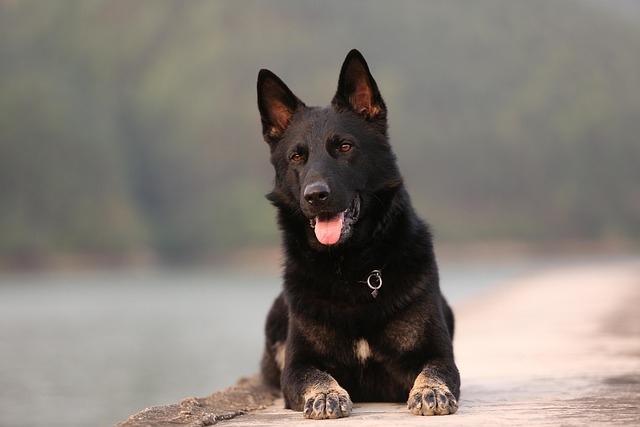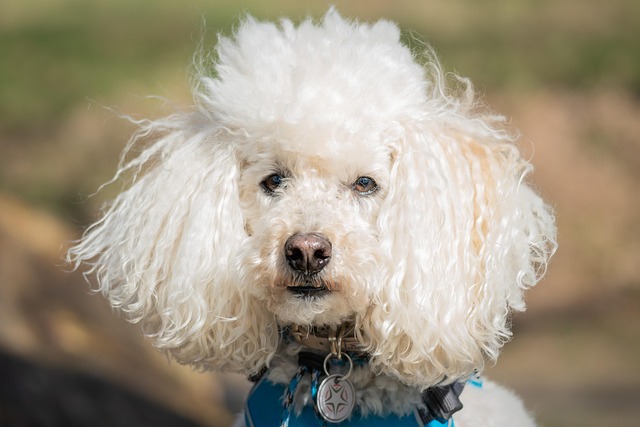Dogs thrive on routine, but figuring out how to get your dog on a poop schedule can feel tricky—especially if you’ve got a puppy still learning or an adult dog with erratic habits. Skipping a consistent schedule often leads to accidents on the rug or last-minute midnight walks, which throws off both your rhythm and your pup’s comfort. The good news is that dogs pick up on patterns fast; with a little patience, you can build a routine that works for both of you.
Start by syncing potty breaks with their meals—most dogs need to go 15 to 30 minutes after eating. If you feed your dog at 7 AM and 6 PM, head outside right after those times, even if they don’t seem interested. Bring a tiny, high-value treat and praise them immediately when they poop. This positive reinforcement teaches them that “going” at specific times gets them rewards, which speeds up their dog poop schedule training. Avoid distracting them with play during these trips—keep the focus on the task at hand.
Consistency with timing and location matters too. Take your dog to the same spot in your yard or neighborhood each time; the familiar smells will trigger their urge to go. If you’re crate training a puppy, remember the “one hour per month of age” rule— a 3-month-old pup can’t hold it for more than 3 hours, so plan midday breaks if you’re at work. Many U.S. and European pet daycares or dog walkers offer hourly potty visits, which helps keep the schedule on track even when you’re busy.
 Don’t forget about legal rules—most cities require cleaning up after your dog, and a consistent poop schedule makes this easier. In places like Paris, London, or New York, failing to pick up dog waste can lead to fines of \(50 to \)500. A set routine means you’ll know exactly when to grab a bag, reducing the chance of missing a mess. Some neighborhoods even have community guidelines encouraging regular potty times to keep parks clean—sticking to a schedule helps you be a respectful neighbor too.
Don’t forget about legal rules—most cities require cleaning up after your dog, and a consistent poop schedule makes this easier. In places like Paris, London, or New York, failing to pick up dog waste can lead to fines of \(50 to \)500. A set routine means you’ll know exactly when to grab a bag, reducing the chance of missing a mess. Some neighborhoods even have community guidelines encouraging regular potty times to keep parks clean—sticking to a schedule helps you be a respectful neighbor too.
Pay attention to your dog’s cues, not just the clock. If they start circling, sniffing the floor, or whining, that’s their way of saying they need to go—even if it’s not “scheduled” yet. Adjust your routine slightly to fit these signals; for example, if they always need a break after morning play, add that to your list. Ignoring these cues can lead to stress or accidents, which slows down their schedule training. Vets often note that dogs with consistent poop schedules have fewer digestive issues, too—so it’s good for their health, not just your convenience.
Stick with the routine for 2 to 3 weeks, and you’ll likely see a big difference. Your dog will start waiting by the door at their usual times, and accidents will become rare. Remember, every dog is different—some might need more breaks, others less. A reliable dog poop schedule makes your days smoother, keeps your home clean, and keeps you on the right side of local laws. Plus, it builds trust between you and your pup—they’ll know you’re there to meet their needs, right on time.

 Don’t forget about legal rules—most cities require cleaning up after your dog, and a consistent poop schedule makes this easier. In places like Paris, London, or New York, failing to pick up dog waste can lead to fines of \(50 to \)500. A set routine means you’ll know exactly when to grab a bag, reducing the chance of missing a mess. Some neighborhoods even have community guidelines encouraging regular potty times to keep parks clean—sticking to a schedule helps you be a respectful neighbor too.
Don’t forget about legal rules—most cities require cleaning up after your dog, and a consistent poop schedule makes this easier. In places like Paris, London, or New York, failing to pick up dog waste can lead to fines of \(50 to \)500. A set routine means you’ll know exactly when to grab a bag, reducing the chance of missing a mess. Some neighborhoods even have community guidelines encouraging regular potty times to keep parks clean—sticking to a schedule helps you be a respectful neighbor too.



